The Mvine Platform delivers a powerful Digital Experience Layer that unifies collaboration, communication, and control—built on a robust Zero Trust foundation. With Clusters, Sub-clusters, and Mspaces, organisations can create secure collaboration zones tailored by role, brand, or project. Designed for seamless interoperability, Mvine integrates effortlessly with cloud services, legacy systems, and federated identity providers using open standards. The result is a cyber-secure environment where users engage with confidence, and organisations retain complete control over access, data, and compliance.
Mvine’s Mspaces provide secure, self-contained environments where teams collaborate, share knowledge, and manage projects effectively.
Mvine’s collaboration model is structured around clusters, sub-clusters, and MSpaces — secure digital environments tailored to teams, projects, or partner networks. Each MSpace can host its own members, permissions, and functions, supporting both independent and interconnected workspaces.

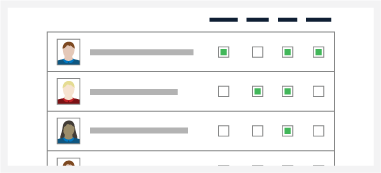
The user experience within each MSpace adapts automatically to assigned roles. Administrators, contributors, and viewers see the tools and content relevant to their responsibilities, ensuring clarity, reducing clutter, and maintaining information security.
Every MSpace can be built from modular elements such as discussion boards, file repositories, or dashboards. Layouts are fully configurable, giving administrators the flexibility to align workspace design with business workflows or departmental needs.
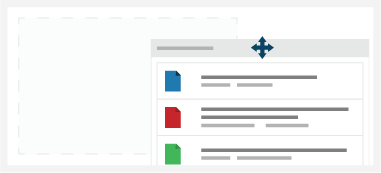

For sensitive collaboration such as legal projects, tenders, or crisis management, Mvine provides fully secure virtual data rooms. These spaces feature access controls, document tracking, and expiry-based permissions to safeguard confidentiality and regulatory compliance.
Users can be invited, assigned, or self-join MSpaces depending on organisational policy. Automated approval workflows simplify onboarding for large or distributed teams while maintaining access governance.

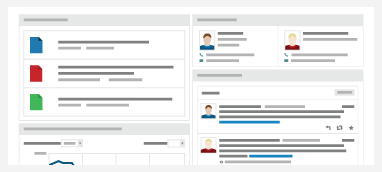
MSpaces can serve as dedicated communities for committees, advisory panels, or professional networks. This encourages collaboration beyond departmental boundaries while keeping discussions and documentation organised.
Built-in tools such as shared calendars, task lists, and comment threads promote teamwork within each MSpace. Members can communicate, plan, and share progress securely, reducing the reliance on external collaboration tools.
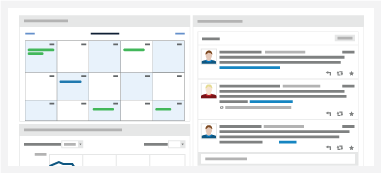
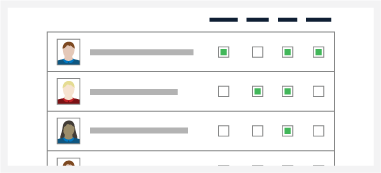
Each cluster or sub-cluster can have delegated administrators who manage members, permissions, and content. This decentralised model supports large enterprises or federated networks without compromising security oversight.
Team members can see who’s online and available within their MSpace. Live presence indicators support instant collaboration and create a sense of connectedness across distributed teams.
